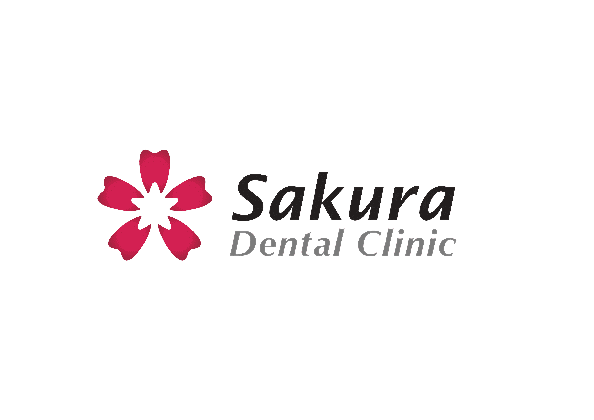
Periodontitis is a dental specialty focusing on preventing, diagnosing, and treating diseases affecting the gums and surrounding tissues. Gum disease, also known as periodontal disease, is a common oral health problem that affects millions of people worldwide. It can cause various symptoms, from mild inflammation and bleeding to severe damage to the teeth and gums.
In this article, we will explore the various aspects of periodontitis, including the causes and symptoms of gum disease, the different types of periodontal treatments available, and the importance of maintaining good oral hygiene habits to prevent gum disease from occurring.
Contents
1. What is Gum Disease?
Gum disease is a bacterial infection that affects the gums and supporting tissues of the teeth. It is caused by the buildup of plaque on the teeth, which can eventually lead to the formation of tartar. Tartar is a complex, yellowish substance that forms on the teeth and can only be removed with professional dental cleaning.
When plaque and tartar build-up on the teeth, they irritate the gums and cause inflammation. This inflammation, known as gingivitis, is the early stage of gum disease. Gingivitis can cause symptoms such as redness, swelling, and bleeding of the gums.
If left untreated, gingivitis can become a more severe form of gum disease called periodontitis. Periodontitis can cause the gums to recede from the teeth, creating pockets between the teeth and gums. These pockets can become infected with bacteria, leading to further damage to the gums and supporting tissues of the teeth. In severe cases, periodontitis can even lead to tooth loss.

2. Causes and Risk Factors of Gum Disease
The most common cause of gum disease is poor oral hygiene. When plaque and tartar are not removed from the teeth through regular brushing and flossing, they can cause irritation and inflammation of the gums.
Other risk factors for gum disease include smoking, hormonal changes in women (such as during pregnancy or menopause), certain medications, and certain medical conditions such as diabetes.
3. Symptoms of Gum Disease
The symptoms of gum disease can vary depending on the severity of the condition. Some common symptoms of gum disease include:
– Red, swollen, or tender gums
– Bleeding gums, especially when brushing or flossing
– Receding gums
– Loose or shifting teeth
– Persistent bad breath or a bad taste in the mouth
– Changes in the way teeth fit together when biting or chewing
If you are experiencing any of these symptoms, you must see a dentist or periodontist for an evaluation.
4. Periodontitis Treatments
The treatment of gum disease depends on the severity of the condition. In the early stages of gum disease, treatment may involve a professional dental cleaning to remove plaque and tartar from the teeth and gums. Your dentist or periodontist may also recommend a special mouthwash or toothpaste to help reduce inflammation and bacteria in the mouth.
In more advanced cases of gum disease, periodontal treatments may be necessary. These treatments may include:
4.1. Scaling and root planning
This deep cleaning procedure involves removing plaque and tartar from the teeth and root surfaces. It is usually done under local anesthesia to ensure patient comfort.
4.2. Periodontal surgery
In some cases, surgery may be needed to repair damage to the gums and supporting tissues of the teeth. Different types of periodontal surgery include flap surgery, bone and tissue grafts, and guided tissue regeneration.


4.3. Dental implants
Dental implants may be recommended to replace missing teeth if tooth loss has occurred due to gum disease. Dental implants are artificial tooth roots surgically placed into the jawbone and topped with a dental crown.
5. Preventing Gum Disease
Maintaining good oral hygiene habits is the best way to prevent gum disease. This includes brushing your teeth at least twice daily, flossing daily, and using mouthwash to kill bacteria.
It is also essential to see your dentist or periodontitis specialist regularly for checkups and cleanings. Your dentist can help identify early signs of gum disease and recommend the appropriate treatment.
In addition to good oral hygiene, there are several other steps you can take to prevent gum disease, including:
5.1. Quitting smoking
Smoking is a significant risk factor for periodontitis gum disease. Quitting smoking can help reduce your risk of developing gum disease and other oral health problems.
5.2. Eating a healthy diet
A diet rich in fruits, vegetables, and whole grains can help promote good oral health.
5.3. Managing medical conditions
Certain medical conditions, such as diabetes, can increase your risk of developing gum disease. Managing these conditions can help reduce your risk of gum disease.

Conclusion
Periodontitis is a vital aspect of dental care that focuses on the gums’ health and supporting teeth’ tissues. Gum disease is a common oral health problem that can cause symptoms from mild inflammation and bleeding to severe damage to the teeth and gums.
If you are experiencing symptoms of gum disease or are concerned about your oral health, it is essential to see a dentist or periodontics specialist for an evaluation. Gum disease can be prevented and treated effectively with proper treatment and good oral hygiene habits.



